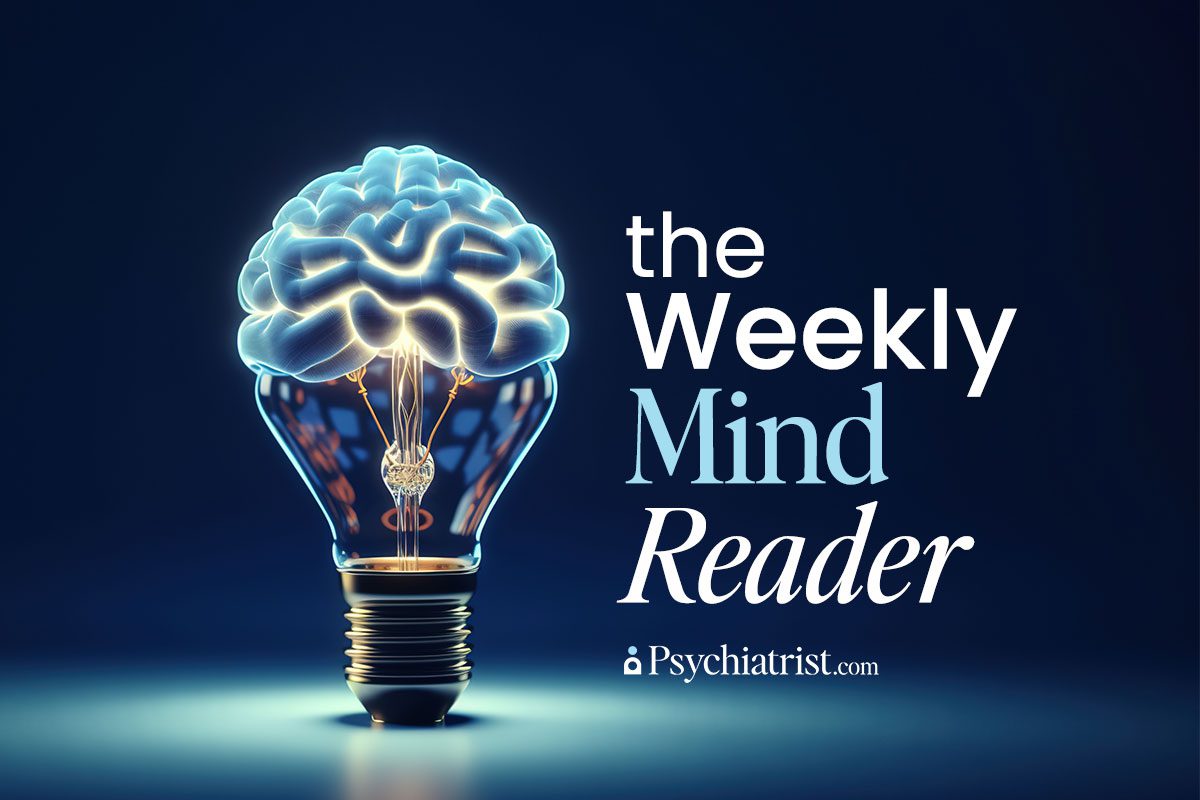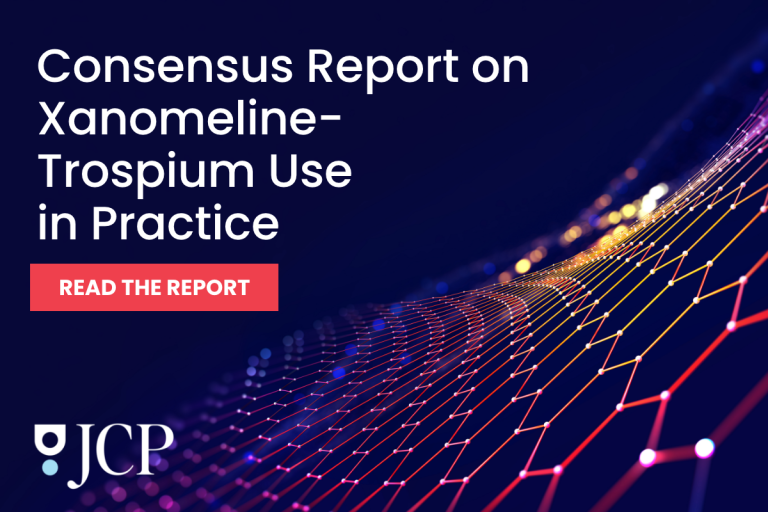This week, we uncover an unsettling ketamine trend, how AI can help diagnosis TD, and new insights into psychosis.
Survey Raises Concerns Over Ketamine Prescribing Practices at U.S. Clinics
A new survey this week in The Journal of Clinical Psychiatry has raised some red flags about ketamine use in U.S. clinics. Despite its checkered past, ketamine has become an increasingly popular pharmacological mental health treatment over the last several years.
Ketamine’s history in American healthcare dates back to its approval as an anesthetic in 1970. More recently, clinicians have started turning to it as an effective approach to treatment-resistant depression (TRD). Others are exploring its ability to help ease symptoms for other psychiatric disorders.
Even so, a new national survey of more than 100 community ketamine clinics hints at a surge in “off-label” ketamine treatments.
The University of Michigan study found that while all the clinics that the researchers surveyed prescribed ketamine for TRD, many of them also offered it for other conditions. It’s emerged as a popular choice for patients struggling with anxiety, PTSD, and even treatment-naive depression. All of this despite a dearth of data that would justify such prescriptions.
Worse still, only 28% of the clinics surveyed said that they had psychiatrists on staff. This, of course, raises some serious questions about sufficient evaluation protocols.
The researchers also noted that more than 75% of the clinics prescribe ongoing maintenance treatment, often for a year or longer, despite little guidance on duration or patient selection.
The authors conclude with a call for:
- The establishment of national treatment guidelines
- A national registry to monitor patient outcomes.
- And more direct psychiatrist involvement to ensure appropriate care.
While conceding the benefits of ketamine, they emphasize that its use today remains largely unregulated and lacks sufficient oversight.
IN OTHER PSYCHIATRY AND NEUROLOGY NEWS
- The Primary Care Companion for CNS Disorders offers guidance for primary care physicians who encounter patients who might be struggling with psychosis.
- JCP also presents some promising research into how automated screening tools can help clinicians screen for tardive dyskinesia.
- PCC also presents a case study this week about the first episode of psychosis in a 17-year-old male after a dose of amoxicillin.
- ICYMI: Did you see this PCC study that exposed the prevalence of sleepiness and associated variables among Colombian medical students?
- And we wrap up this week with the latest in our ongoing series covering “Emerging Approaches in Schizophrenia.”



